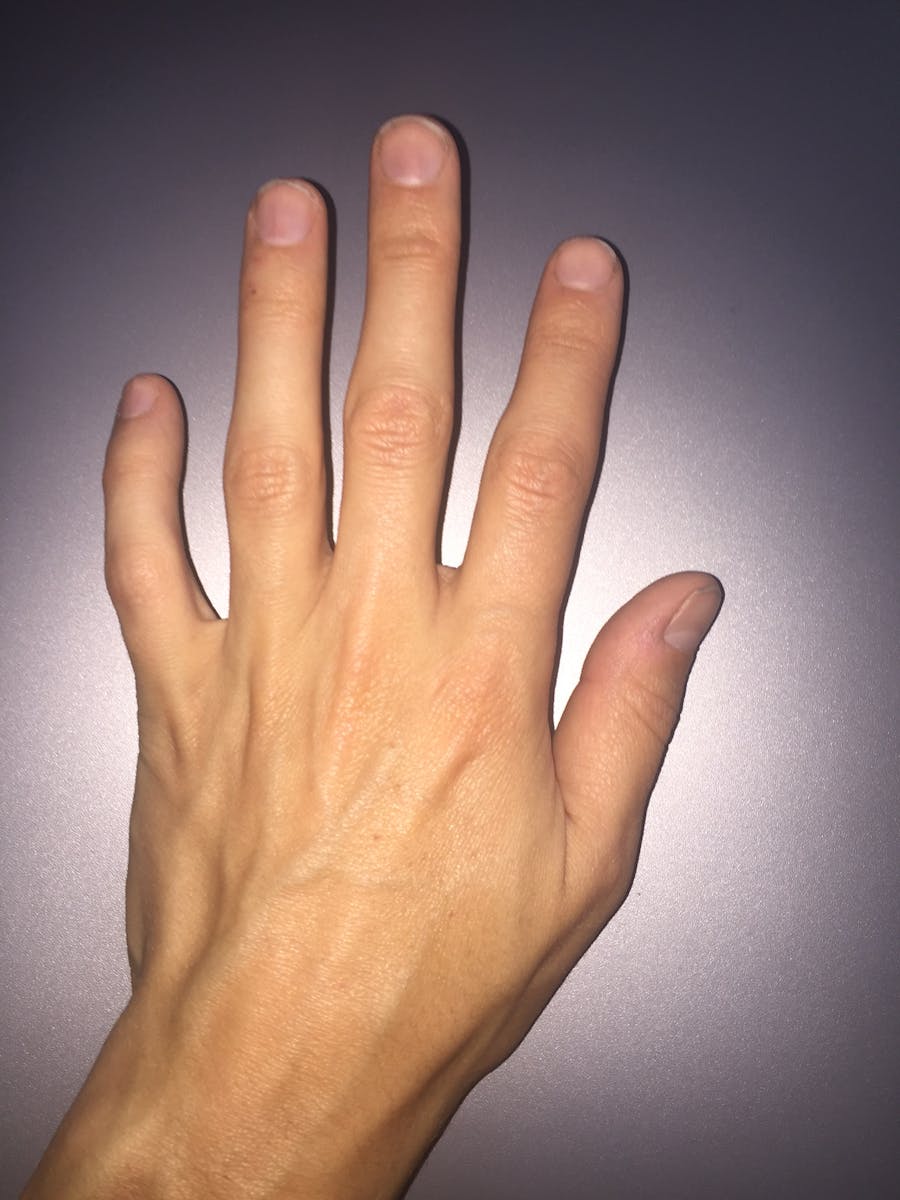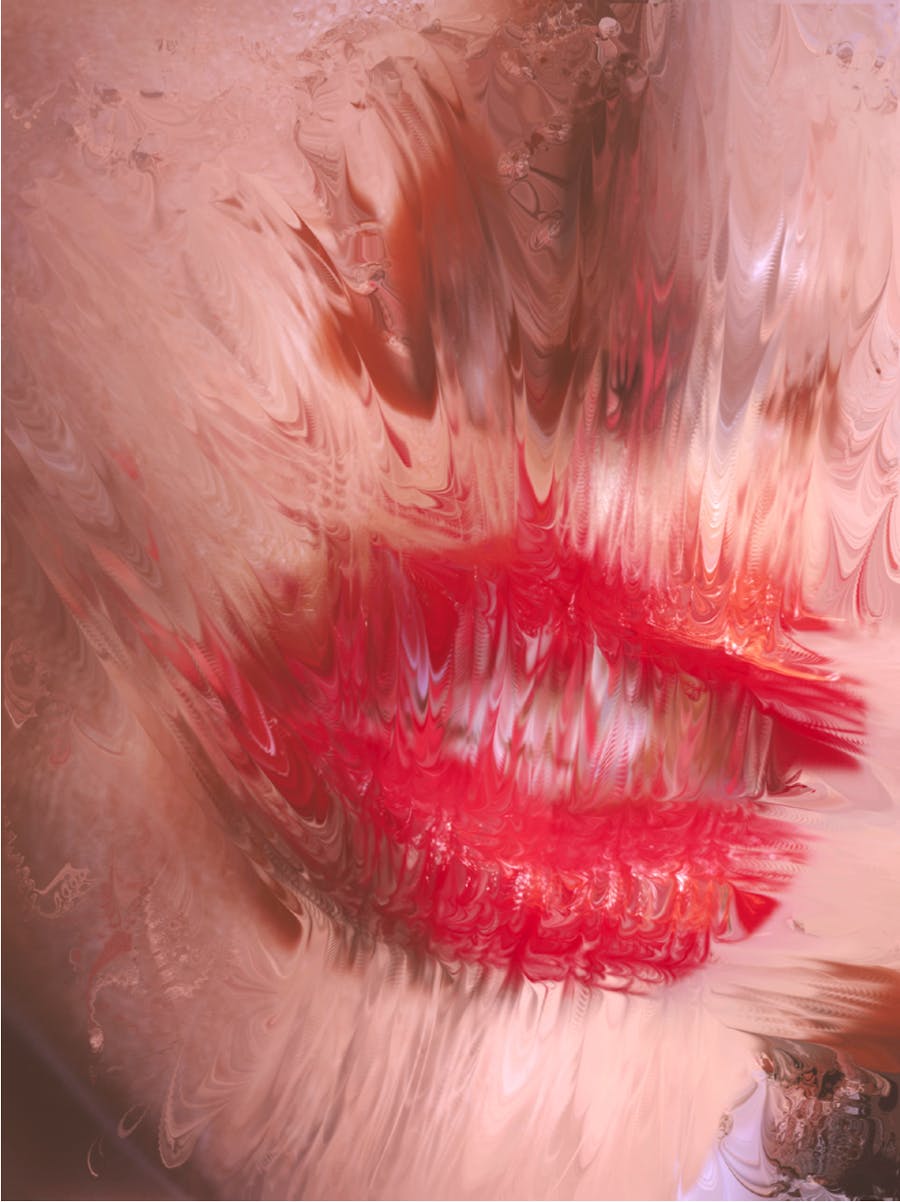The career of David Cronenberg, now that he has decided to put an end to it, has the appearance of a precisely plotted script. First came the period during the 1970s and 1980s in which he wrote original screenplays, culminating in the visionary Videodrome (1983), the first film to explore the digital era, long before its advent. The Canadian director then turned his attention to adapting novels for the big screen, by Stephen King (Dead Zone, 1983), William Burroughs (The Naked Lunch, 1991), J.G. Ballard (Crash, 1996), Patrick McGrath (Spider, 2002), Christopher Hampton (A Dangerous Method, 2011), Don De Lillo (Cosmopolis, 2012) and Bruce Wagner (Maps to the Stars, 2014). In the third act of his life, David Cronenberg became a novelist. His first book, Consumed, has been translated into French following its North American publication in 2014. A second novel is expected.
But, above all, David Cronenberg is dead. Not ‘dead’ from the point of view of the obituary writers, nor buried in a cemetery in Toronto, where the director lives. But dead professionally. An embalmer. The chronicler of his own demise. And, through this, of the collapse of the world in which the film maker has evolved, between Europe and America, the virtual and the real, nostalgia and modernity, atheism and judaism, Hollywood and the Nouvelle Vague, Philip K. Dick and William Burroughs. A composite, hybrid universe, an improbable Mitteleuropa which we could call ‘Cronenbergland’. This world, which has crumbled beneath his feet, has been the only subject of Cronenberg’s cinema since 2007. A demise whose contours the director was already defining when his book was published in France: ‘I am not certain I want to make another film; if I don’t make any more that’s fine with me’. All that it takes to realize that the Canadian auteur has seen both the end of history and the end of his own story is a 3 min 40 short film, At the Suicide of the Last Jew in the World in the Last Cinema in the World, commissioned by the Cannes Festival for its sixtieth anniversary - a festival which doubtlessly imagined a rather more festive film, certainly not a death notice.
In The Last Jew, two journalists commentate on the morning headlines of the imaginary network MBT, via ‘Autobiocam’: a man, played by Cronenberg himself, plays with the bullets of the gun whose barrel he keeps putting into and taking out of his mouth. The two journalists concur on one point: the world will be relieved when the cinema explodes. In fact they are there for a live broadcast: the last jew in the world has promised to kill himself in the toilets of the last cinema in the world. How fitting, say the journalists - the jews invented cinema. Or rather, Hollywood, which to their mind is the same thing. The films produced by this industry cost a fortune, they add, and this costly sub-culture will disappear along with the last jew on earth. Cronenberg made this film having heard a number of Islamist preachers on Canadian television demanding the extermination of all the jews on Earth. Hezbollah’s order to flush out Jews wherever they were to be found had also made an impression on the filmmaker, who was preoccupied above all with two questions: if the wishes of the terrorist organization were ever to be fulfilled, would it be followed by a period of mourning or a series of celebrations in the streets of some of the world’s cities?
Two of Cronenberg’s last three films, A Dangerous Method and Maps to the Stars, depict, in the case of the former, the death of Europe and the disappearance of Judaism from that continent, and in the case of the latter, the death of Hollywood. It’s hard to imagine a more flagrantly testamentary oeuvre in the history of cinema, in which a film-maker has called time on hi career not through exhaustion or lack of money, but because the era and his sensibility demanded it.
A Dangerous Method takes us back to the start of the twentieth century, and the beginnings of a new science called psychoanalysis. Freud was still just a disturbing rumour. Carl Jung, about to become Carl Jung, endowed the concept of duality with a hitherto unseen signification. But the central character in Cronenberg’s film is Sabina Spielrein, a woman who found herself between these two geniuses and who would form one corner of their strange triangle. Sabina Spielrein was a hysteric before becoming a psychiatrist and psychoanalyst. She was Carl Jung’s student and mistress in Geneva before going to Vienna where she embraced Freud’s theories. The film reveals her destiny with devastating curtness in a final title card which gives concrete form to the visions of Carl Jung (played by Michael Fassbender): Lake Geneva filled with bodies in the bloodbath of Europe. Sabine Spielrein was killed by the Nazis in Russia in 1942 along with her husband and daughters. She seems to have been trapped since birth, surrounded on all sides, able to overcome her demons only to find herself finally swallowed up by the greatest plague of the twentieth century.
In Maps to the Stars, probably the film that brought Cronenberg’s film career to an end, Havana Segrand, a 44-year old American actress, played by Julianne Moore, is haunted in both the metaphorical and figurative senses, by the ghost of her mother, also a star, but burning much more brightly in the firmament. Havana Segrand tries to relaunch her career by playing a role once played by her mother, in which the latter found her greatest success. In Maps to the stars Cronenberg describes an infernal cult of the moment, in which the celebrities of the 1990s have been forgotten and a 23-year old starlet is described as approaching the menopause. The ghost in Maps to the Stars is Billy Wilder’s Sunset Boulevard, a film about a mad, reclusive silent film star awaiting her final close-up, narrated by its male protagonist in a voice-over from the great beyond. It is also the first film to advance the hypothesis that the history of cinema could come to an end. After having seen Wilder’s film, David Selznick, the producer of Gone with the Wind, proclaimed that Hollywood would end up like Ancient Egypt, with its Pharaohs gone and its pyramids in ruins, crumbling until the wind carried away the last props of the last studio. Maps to the Stars conveys the same fatalism and shares the same taste for the apocalypse, by which cinema becomes a secret society with its increasingly sparse adepts lost in a strange ritual, the last remnant of a world about to disappear. It reminds us to what extent ‘crash’ remains the watchword of Cronenberg’s cinema.





